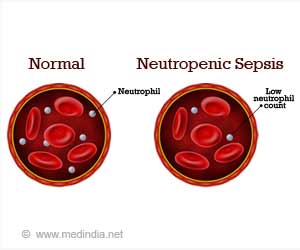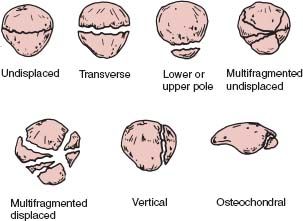
Understanding neutropenic sepsis
9th December 2021
Sickle cell crisis in the emergency department
4th January 2022Knee extensor mechanism injuries typically involve the patellar tendon, patella, quadriceps tendon or tibial tubercle. But what causes these injuries?
Understanding knee extension
Knee extension involves the use of the thigh muscles (quadriceps), which are attached by the quadriceps tendon to the patella (kneecap). The patella is then connected by the patellar tendon to the tibial tubercle. When the knee is forced to flex with a contracted thigh muscle, this can damage the tendon structures, leading to:
• Patellar tendon tears
• A fractured patella
• Quadriceps rupture and tendon tears
• Tibial tubercle fractures
At-risk criteria
Only significant force usually causes these structural injuries to normal demographics as healthy tendons are strong enough that often, the patella will fracture transversely before the tendon tears.
Although, there are certain conditions and factors which make some people more at risk of knee extensor mechanism injuries. In this case, minor trauma can be the cause. These include:
• Old age
• Obesity
• Diabetes mellitus
• Anabolic steroid abuse
• Use of certain drugs (including fluoroquinolones and corticosteroids)
• Hyperparathyroidism
• Polyneuropathy
It’s important to note that, especially in older patients, the quadriceps tendon is often injured more frequently than the patellar tendon.
Symptoms of knee extensor mechanism injuries
The most noticeable symptom is that the area in question is swollen and often painful. If a person has suffered a complete tendon tear, they will be entirely unable to stand. They will also not be able to extend their knee while seated or perform a straight leg raise while lying on their back.
It is common to see established long-term complications which can severely affect a person’s daily life. These can include a loss of motion and weakness in the leg area.
Diagnosis of Knee Extensor Mechanism Injuries
To diagnose an injury of the knee extensor mechanism, a patient is screened through clinical evaluation, x-rays, and then an MRI.
To diagnose the three core injuries, you should evaluate the patella position:
• A patella tendon tear: The patella will be displaced superiorly (patella alta).
• A quadriceps tendon tear: The patella will be displaced inferiorly (patella baja).
• Transverse patellar fracture: There will be a palpable gap between two bone fragments.
One of the difficulties when it comes to diagnosing knee extensor mechanism injuries is that trauma here can cause severe swelling which can mask the necessary findings to determine the injury. Often, this can result in the injury being misdiagnosed as a ligamentous knee joint injury with hemarthrosis.
If a patient reports knee pain and swelling following an injury, medics should ask them to extend their injured leg while sitting down to test active knee extension. This should be followed by asking them to lie on their back and raise their injured leg while keeping it straight.
Once a suspicion arises, routine knee x-rays should be taken. Patella baja, patella alta, and patellar fracture will be visible on x-rays and an MRI will confirm the diagnosis.
Treatment of knee extensor mechanism injuries
The necessary treatment for any injuries relating to the knee extensor mechanism is surgical repair. The most common procedure is fixation through patellar drill holes and end-to-end sutures.




